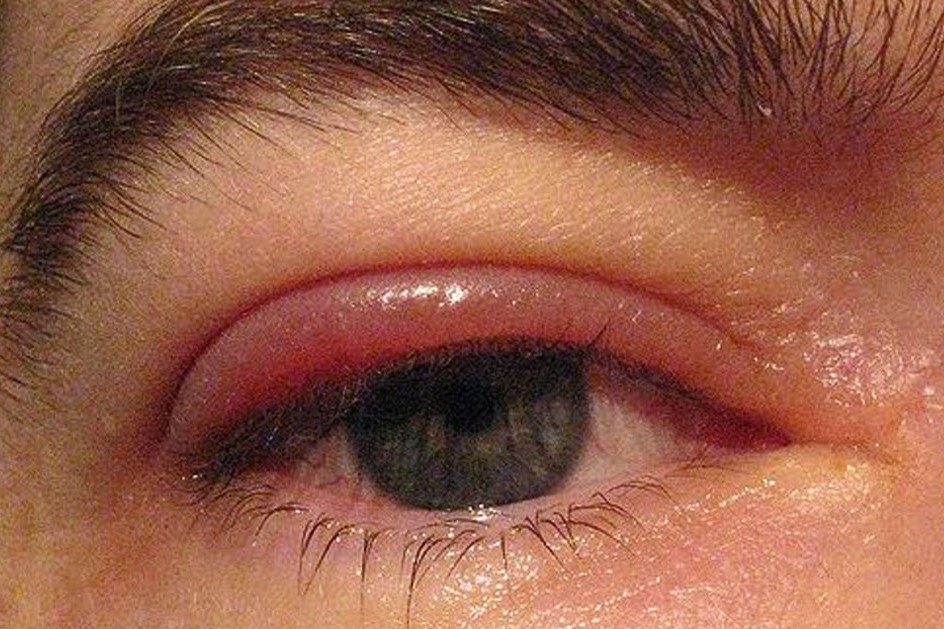
Blepharitis: what is it and what are the most common symptoms?
Blepharitis is a common condition caused by an inflammation of the edge of the eyelids
Symptoms of blepharitis
B. is a fairly common disorder that manifests itself with symptoms such as:
- itching
- Burning;
- foreign body sensation;
- photophobia;
- irritation.
When the patient comes to the examination he usually presents with reddening of the eyelid margin and complains of these symptoms.
Types of blepharitis
There are 2 types of b.
- anterior blepharitis;
- posterior blepharitis.
Let’s see how they differ.
Anterior blepharitis
Anterior b. is an inflammatory process involving the front part of the eyelid, i.e. the area surrounding the eyelash area.
Depending on the cause, anterior b. can be classified as
- Staphylococcal: due to an altered response to certain pathogens;
- seborrheic: due to an altered secretion of sebum;
- demodex (facial mites): caused by the presence of mites which, by stagnating at the base of the eyelashes, create this irritation.
Posterior blepharitis
Posterior blepharitis (meibonitis) affect the most posterior part of the eyelid and are specifically the result of
- an alteration of the meibomian glands (the glands responsible for producing the lipid component of tears, a component needed to prevent them from evaporating);
- a hormonal alteration.
In patients with this form, the tears evaporate more quickly, despite the fact that they complain of excessive tearing.
This may seem a paradox, but it is not: every time we open and close our eyes, like a windscreen wiper, we remove a layer of tear and replace it with another, which remains as protection between blinks.
Patients with a deficiency at this stage complain of irritation of the eye, resulting in excessive tearing, which wets the eye but does not protect it.
Treating blepharitis
B., which often has a chronic course, should be treated on average for about ten days with good eye hygiene, possible antibiotic therapy and useful tear substitutes to rebalance the tear film, which is naturally compromised.
To reduce the incidence of recurrences, it is advisable to maintain proper eyelid hygiene over time, using medicated wipes and eye lubricants.
Read Also:
Blepharoptosis: Getting To Know Eyelid Drooping
Lazy Eye: How To Recognise And Treat Amblyopia?


